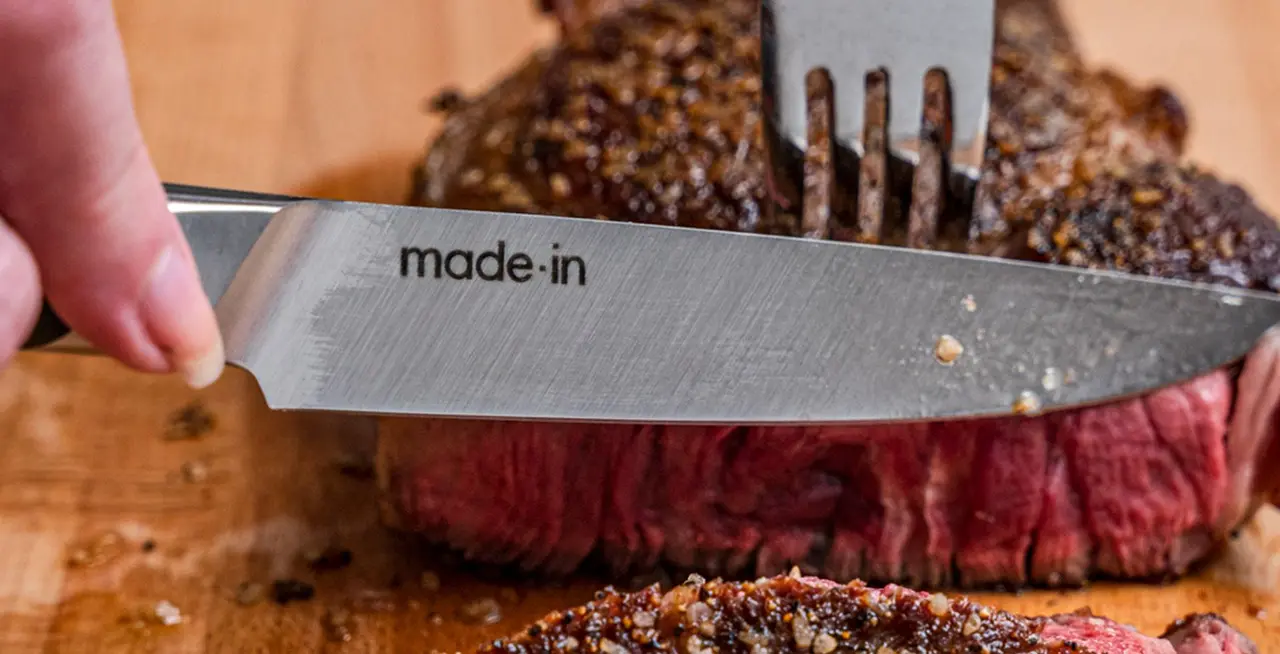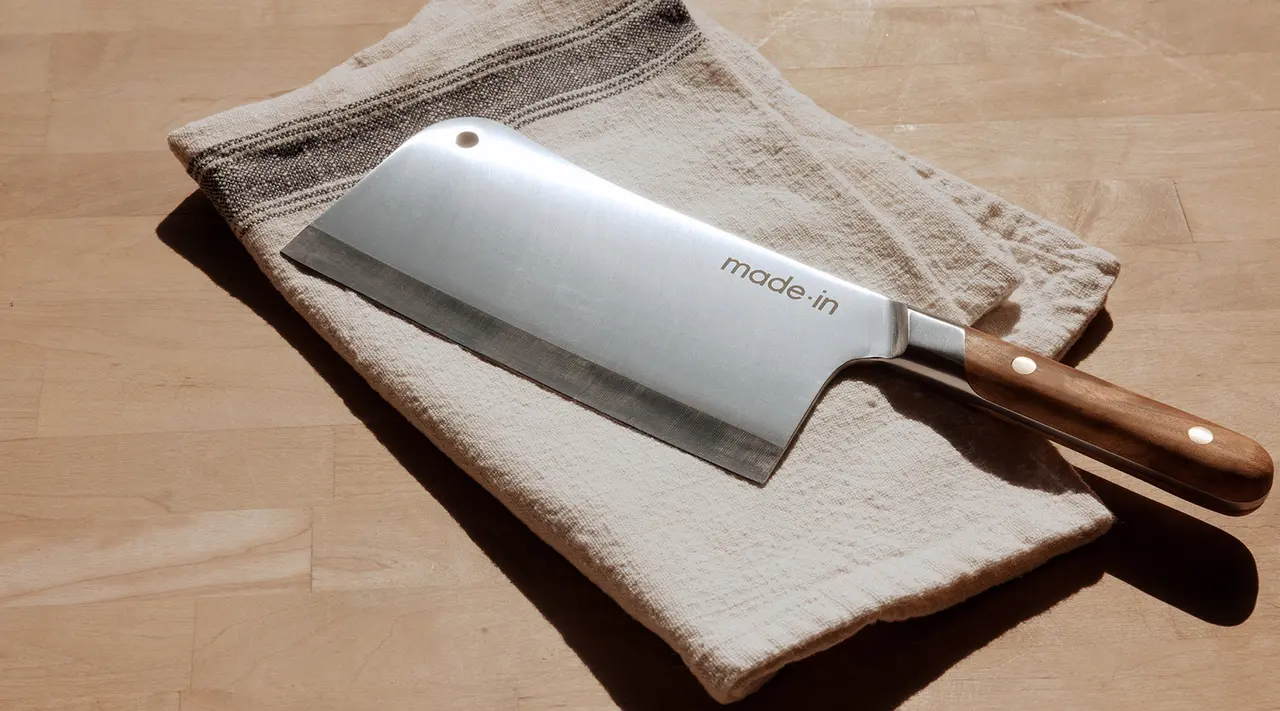No matter how well you cook a steak, or any other cut of meat for that matter, the final step between pan and plate does a lot to contribute to the overall tenderness. This is why cutting your meat against the grain is so important.
Cutting against the grain is a simple but necessary step that shortens the muscle fibers of the meat, meaning your teeth don’t have to do that tough work. By just knowing how to identify the grain of any cut of meat, you can incorporate this technique into your cooking for tender, delicious cuts of meat every time.
What Is “the Grain”?
In the kitchen, “grain” usually refers to ingredients like oats, barley, and wheat. When talking about meat however, the grain refers to the direction the muscle fibers run across the surface of the cut. All meat has these fibers, which grow tough and firm throughout an animal’s life as they support its weight.
When meat is butchered, these fibrous strands become visible. Depending on the cut of meat you’re working with, the grain may be quite easy to spot or a little trickier. Tough cuts, like flank steak, hanger steak, and brisket, have more prominent grain lines than lean cuts like filet mignon and tenderloins.
Why Do I Need to Cut Against the Grain?
Simply put, cutting against the grain, or perpendicular to the muscle fibers, shortens the tough strands for a more tender bite. Not only does this make chewing easier, it helps to keep those flavorful juices in the meat rather than on the cutting board. If you haven’t already been cutting your meat this way, you’ll notice a marked improvement in texture and a better eating experience all around.
How to Slice Against the Grain
Once you’ve learned to spot the grain in a cut of meat, you’ll be able to utilize these simple steps to take dinner to the next level.After your meat has rested and it’s time to plate, use a clean, sharp Knife to get started—we recommend a Chef Knife, carving knife, or steak knives. Here’s how you get the best results.
Step 1: Find the “Grain”
Place your cooked steak or other meat on a cutting board and look for the long striations that run all the way across the cut. If you’re having a difficult time identifying the muscle strands, gently tug the meat like you’re stretching a rubber band—the striations should pull apart enough to spot the pattern.
Step 2: Make Perpendicular Cuts
Using your sharpened Knife, cut equal-sized strips of meat perpendicular to the grain. Another visual cue you can spot to make sure you’re slicing in the right direction is the look of the inside of the meat once you’ve sliced it open: the muscle fibers should look bunched, like a bundle of pencils or sticks viewed from one end. If you cut with the grain, the inner meat strands will appear long and stringy.
Ready to Cook?
Cutting against the grain is one of the easiest techniques for an improved mealtime, whether you’re reverse searing a New York strip or incorporating last night’s brisket into today’s macaroni and cheese. The right knife will produce juicy, tender cuts every time, saving your jaw from all that trouble.























